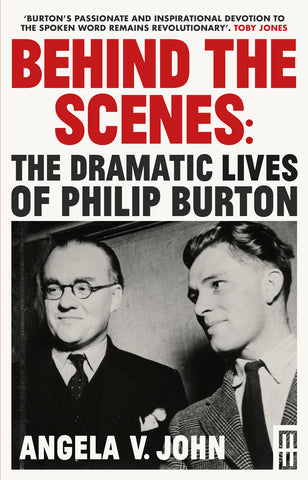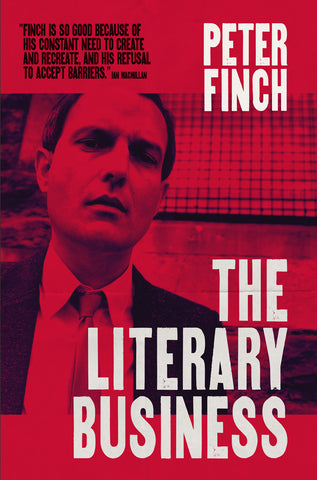The following post is written by Eddie Matthews, Assistant Editor at Parthian Books.
I remember asking my Welsh friends if they planned on going to the Eisteddfod in Cardiff this year. Being an American expatriate living in Swansea, I expected them to be into the idea, but instead I got something along the lines of I don’t speak Welsh, so I’m not sure what I’d do. I thought about this as I walked into the festival last Saturday, happening to enter at the place directly across from the Parthian Books stand. It was 10 a.m., the place was just starting to get going.
After we’d hung our signs on the beautiful shelves our publisher, Rich, had built, I started to mingle with the Welsh participants in the tentative, shy way that an outsider does when invited to an insider’s party. I passed out flyers for Parthian’s 25th anniversary to those whose affectation seemed friendly and who had a free hand. I heard diolch more times in the span of ten minutes than I had in the entire nine months I’d lived in Swansea.
When I got to saunter around, the festival seemed both huge and small simultaneously. There were plenty of little wood huts (like ours above) to get lost in, but all were packed around a neat 10-15 minute walk around Cardiff Bay. I come from the land of Coachella, where (albeit a different ethos for an altogether different crowd) festivals are a game of one-upping each other with more colour, more noise, more eye-catchers, that end up being sensory overload. At Eisteddfod, it was very much in keeping with my impression of the country: tasteful, organised, polite.
I went east, past The Senedd, where the road got narrower in contrast to the openness of the Crafts in the Bay area where Parthian stood. The mix of different wooden huts was fascinating. You had stands where huge corporations, like Marriott, tried to localise themselves right beside St. John Cymru’s WWI re-enactment.
Further along, there were stands with craft brownies, mobile cafes, and wood carving alongside fellow indie publishers like Planet and Y Lolfa. The local businesses that were in the Cardiff Bay year-round fit in well with the festival aesthetic, as if they were reverse-engineered.

The Senedd hosted several artists in an eclectic curation of sculpture, painting, ceramic, and visual art. The common thread seemed to be an analysis of how the living interact with the inanimate. This theme could be seen through the moulds of Andre Stitt and the ceramics of Ray Church, who satirised modern society by painting jet fighters in the Classical Greek tradition.
The one that most stood out to me was Billy Bagilhole’s painting of an Indian chief on a white horse, under an opaque moon. It’s simple and vivid and I’m partial to that type of thing.

On my way out, at Rich’s suggestion, I stopped by the North America Wales Foundation’s stand. We talked about the Welsh diaspora in the states and they mentioned how they more easily assimilated into American society, than say the Irish, because of their Protestant background.
Now I wonder if that’s the case, or if it’s because being accommodating is in the Welsh DNA. If there’s one feeling I left the Eisteddfod with, it was pleasantness. There wasn’t anything I hadn’t seen before, no new Welsh custom I was unaware of, no flashy cultural ritual that demanded my attention. Just thousands of people with kind regard for one another. And maybe that’s noteworthy unto itself.
My Danish colleague, Ann Bjerregaard, will be writing about her impression of the Eisteddfod later this week, be sure to check back in then.




